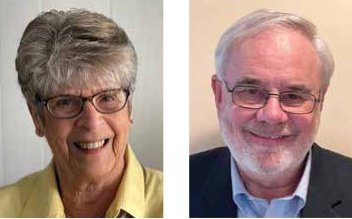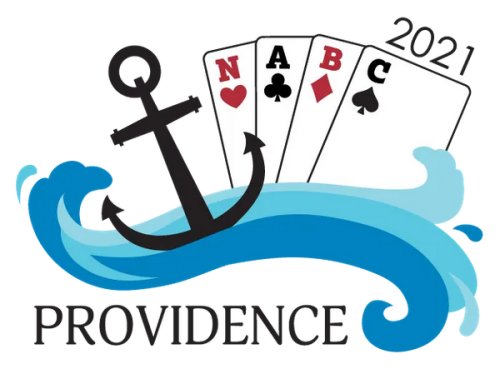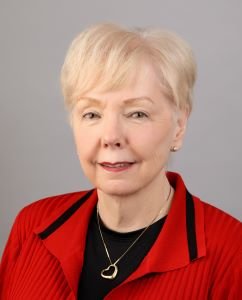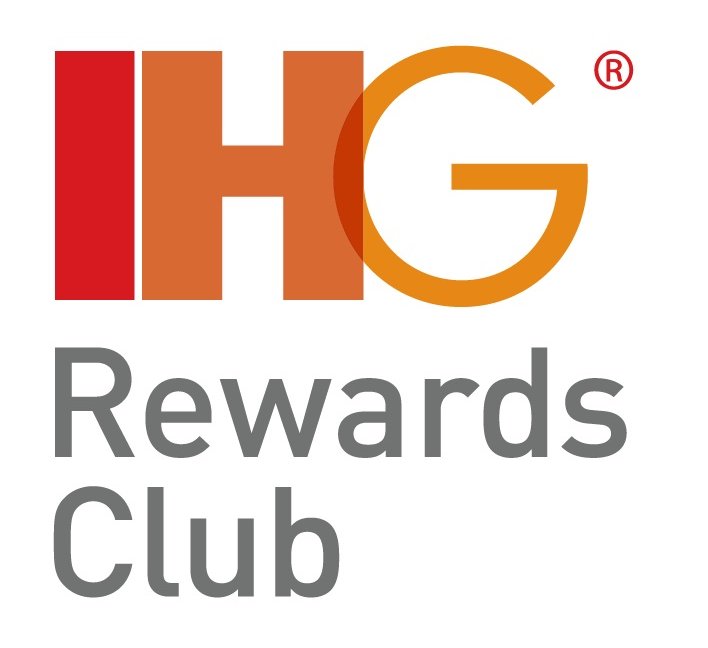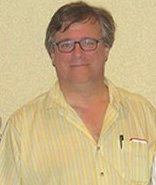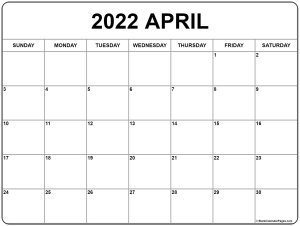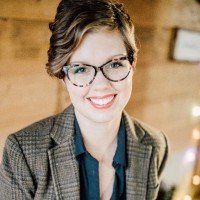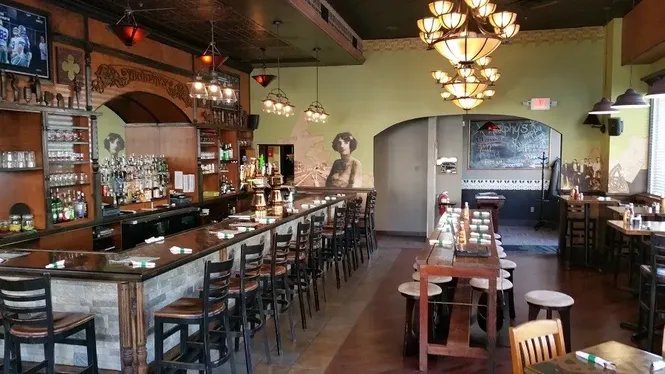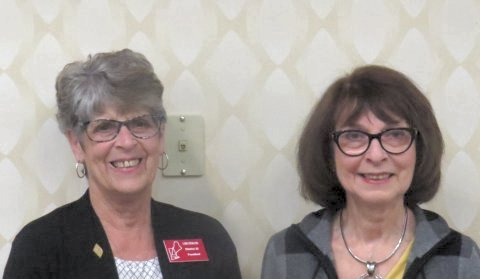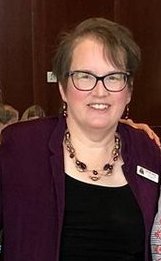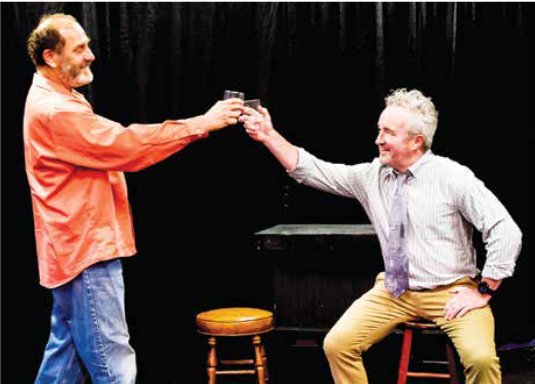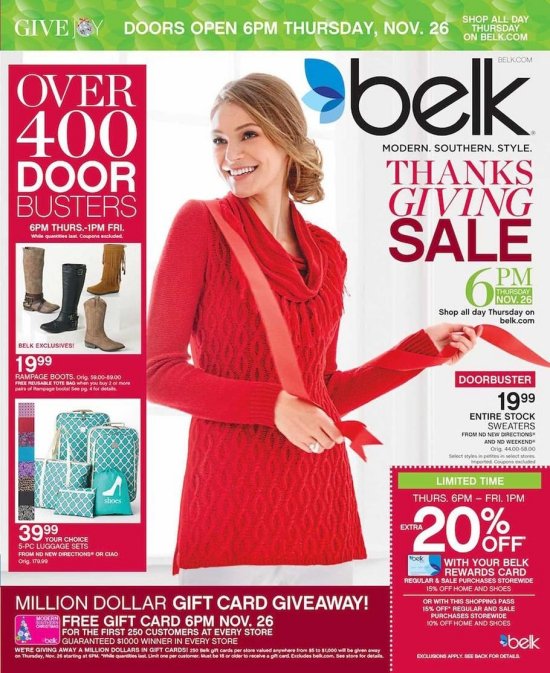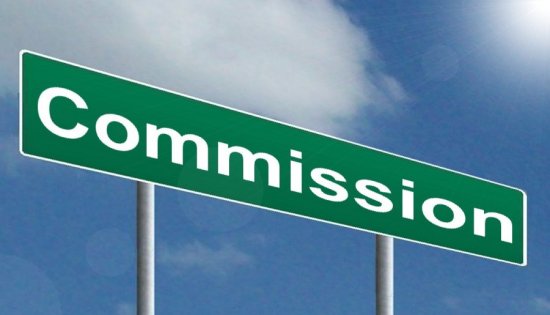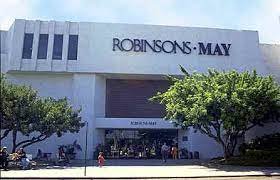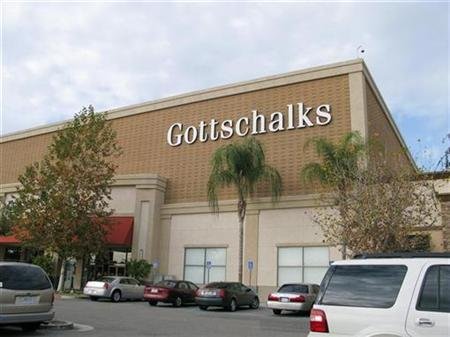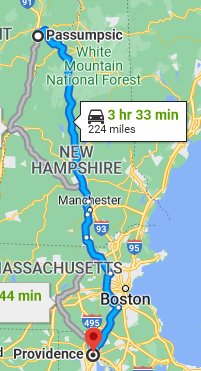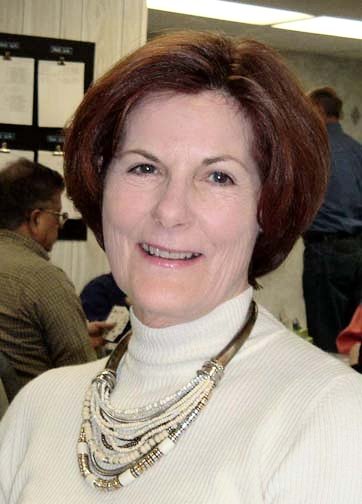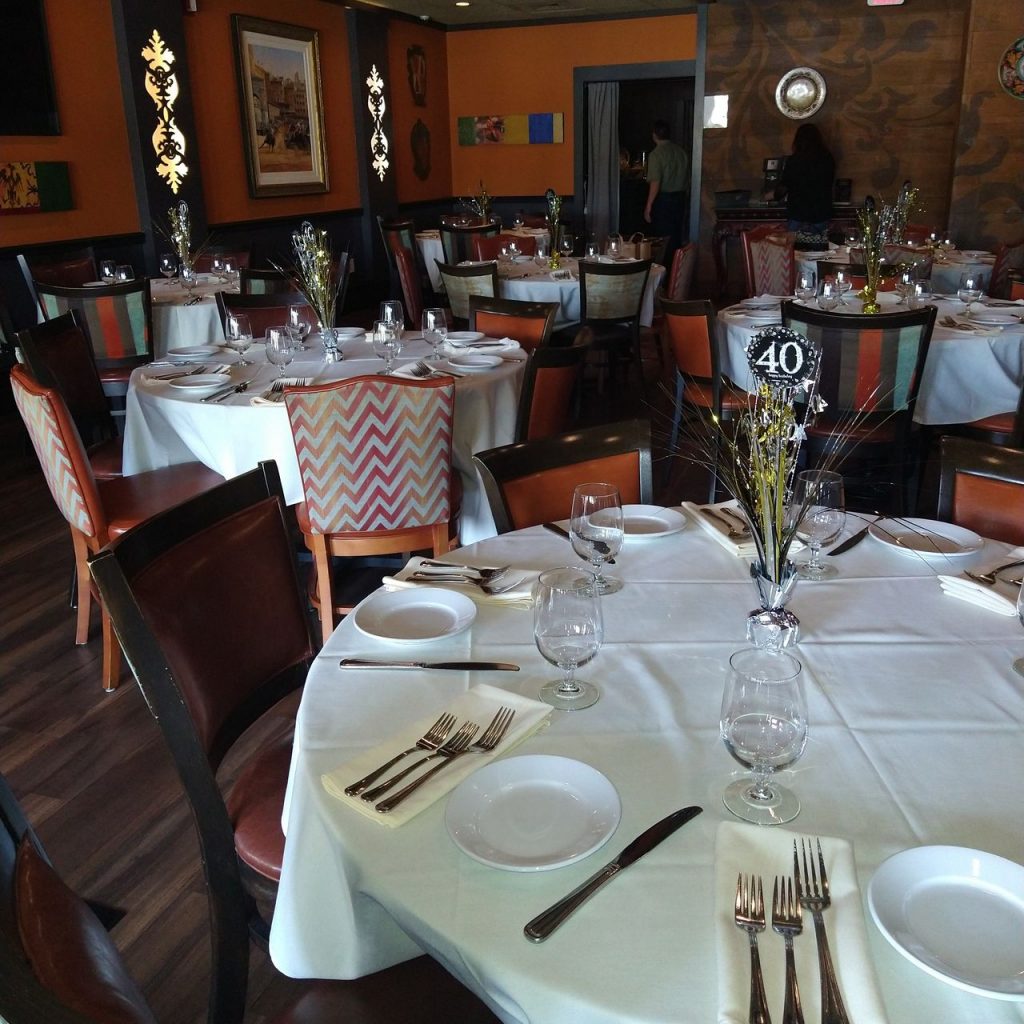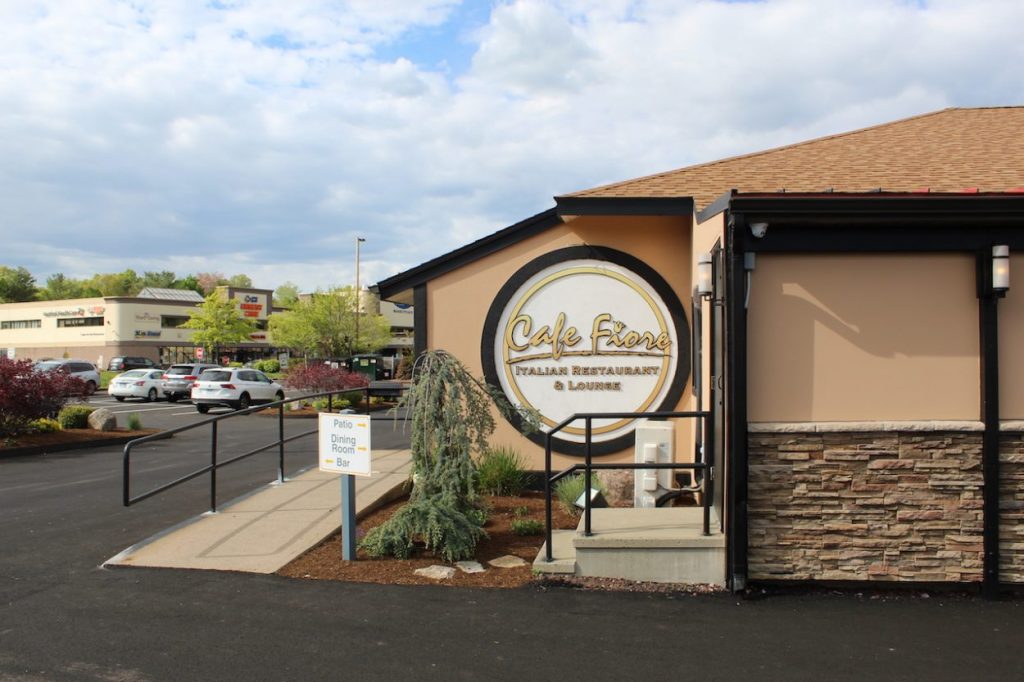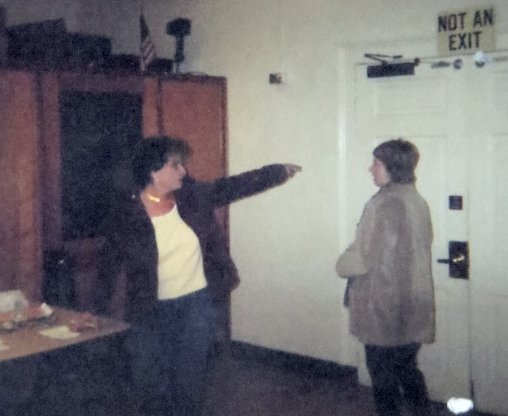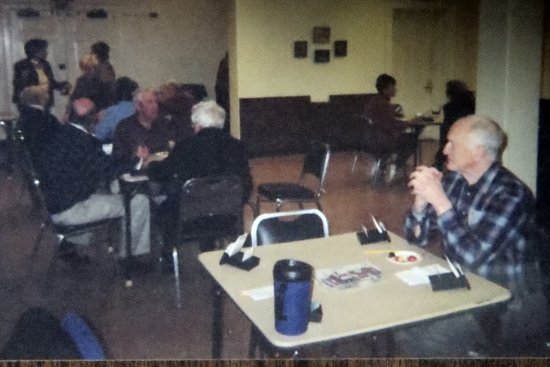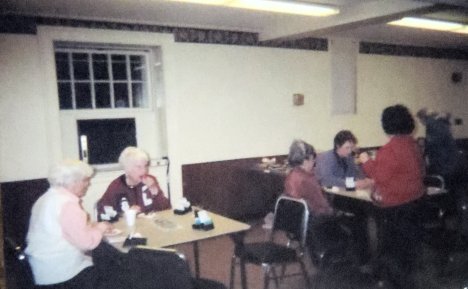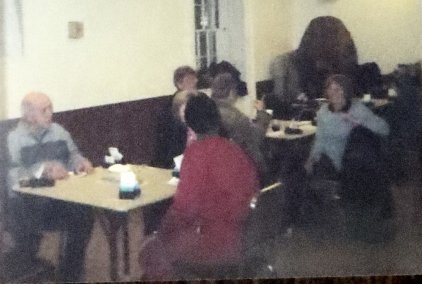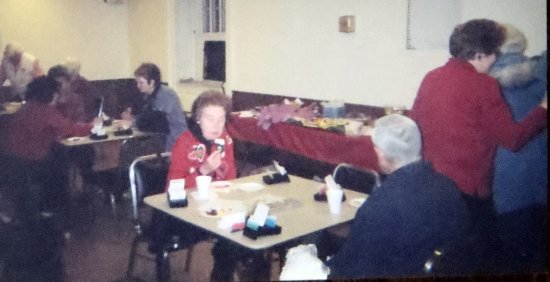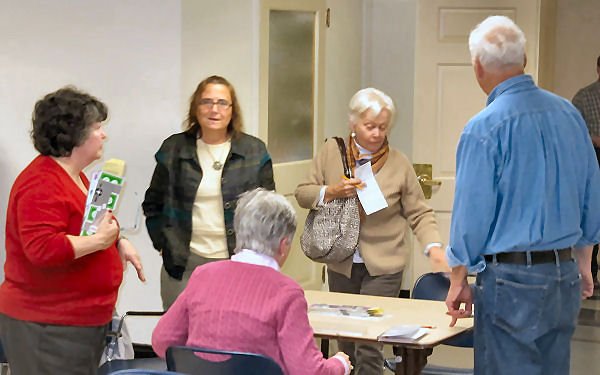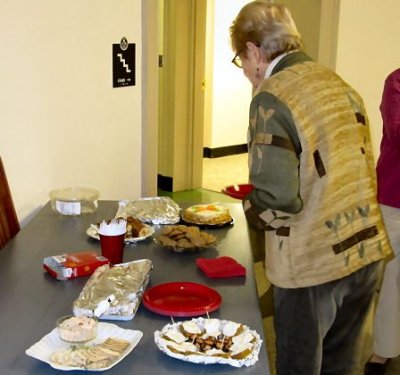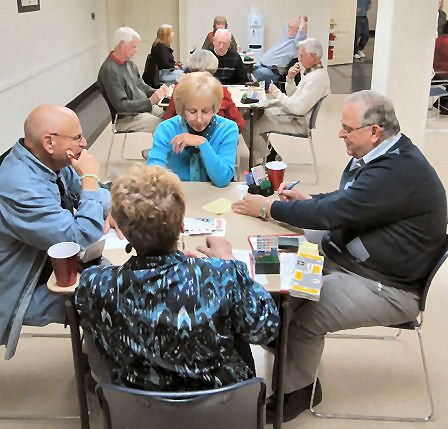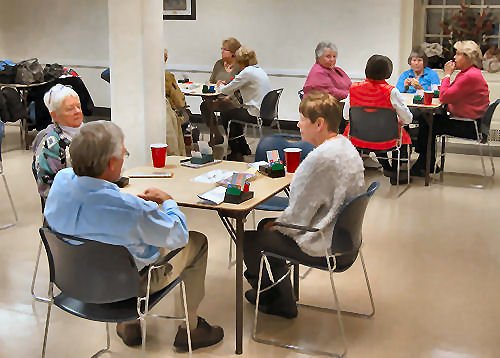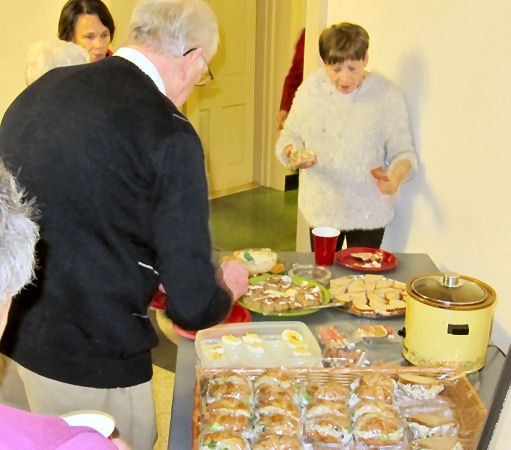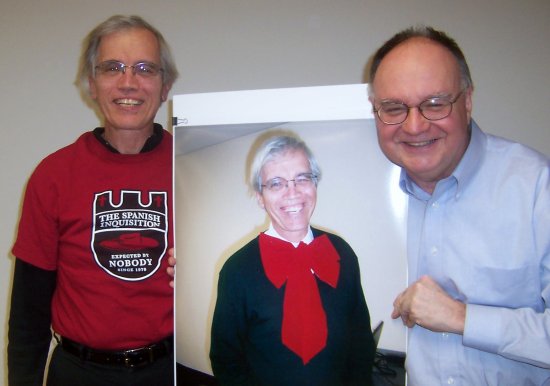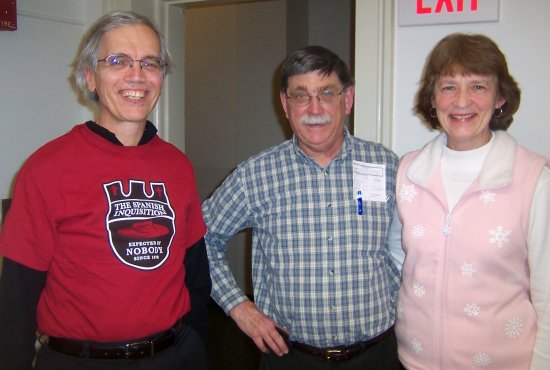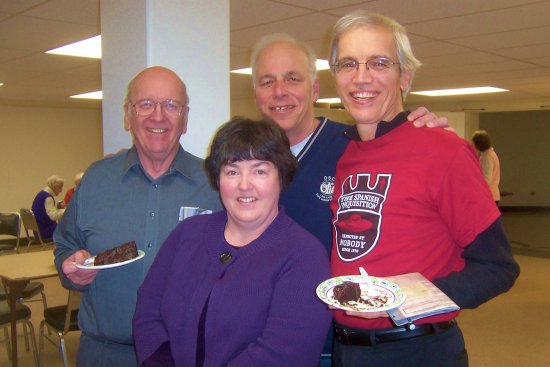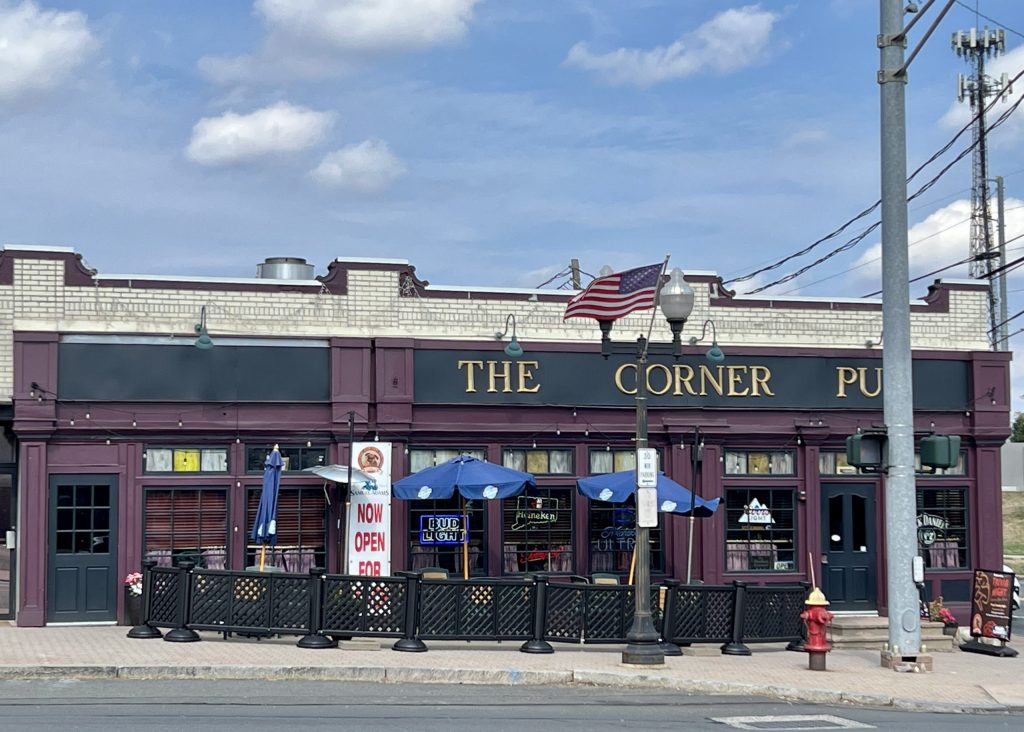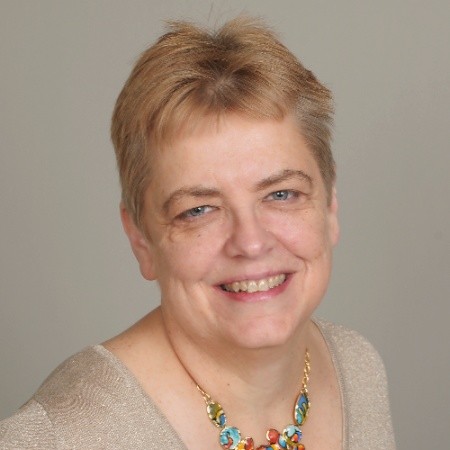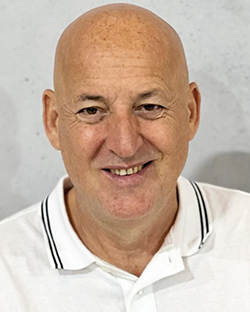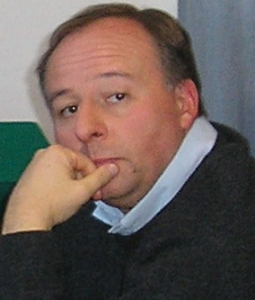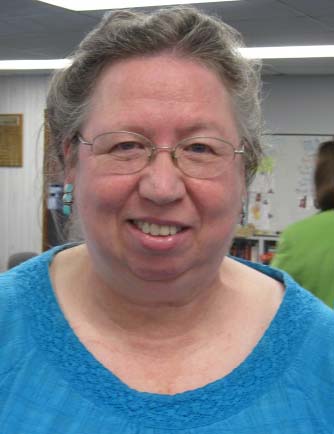The super-spreader in Providence. Continue reading
In the spring of 2019 the American Contract Bridge League (ACBL) named Providence as the site for the summer North American Bridge Championship (NABC) in 2021. The bridge players in New England were very excited about the prospect. It had been a very long time since a summer edition of the NABC had been held in New England.
At the time of the announcement Bob Bertoni was the District Director, and Lois DeBlois was the President of the New England Bridge Conference (NEBC). Bob immediately appointed as co-chairs Lois and Joe Brouillard, who had shared the same responsibility for the 2014 Fall NABC that had been held in Providence. Their first acts were to notify the state and local officials that the tournament would be held in Providence in July and to reserve space in the Rhode Island Convention Center (RICC), the same site that had been used in 2014.
Joe, who was the Treasurer of the NEBC, also was in charge of finance. Hospitality was to be handled by Helen Pawlowski, who had the same job in 2014, and Sally Kirtley, the district’s Tournament Manager. Sponsorships were assigned to Phyllis Chase, another veteran of the 2014 event, and Megan Mihara DiOrio. Brenda and Neil Montague reprised their roles as chairs of registration and prizes. Sue Miguel was again in charge of the Intermediate/Newcomer program.
I immediately volunteered to help with the massive project of organizing, promoting, and running the tournament and anything else that they wanted me to do. I was not on the first list of committee chairs. At that point I was one of the “ministers without portfolio”. The other member at the outset were Bob, Jim Rasmussen, Meg Gousie, Paula Najarian, Sonja Smith, Linda Ahrens, and Paul Burnham.
At some point Joe asked me to write and send a few sets of promotional emails using the database that I had developed for the district. I was happy to take that on. It meant a lot of work preceding the tournament, but I was still full of vim and vinegar, and I had enjoyed working at the 2014 NABC in Providence immensely.
This was an all-star cast if ever there was one, and it only got better over time. The first meeting was held during the lunch break on Friday, August 30, 2019, at the Ocean State Regional in Warwick, RI. The emphasis was on the need to begin planning and execution as soon as possible because July of 2021 was not that far away. I think that the logo had already been designed by then. Everyone at the meeting liked it.
I attended several of the meetings at regional tournaments, but I did not participate much. I was there to get ideas about marketing the event in Providence. I remember that at one meeting the discussion was about what type of souvenir shirt should be sold. A few samples were passed around. Someone asked for my opinion, but I deferred to the others, explaining that “I have no taste.”
On June 30, 2020, a one-year-out Zoom meeting was held with Mark Hudson of the ACBL. The only additions to the committee at that point were David Rock, who had been the Partnership Chair in 2014, and Debbie Ouelette. I did not attend the meeting.
COVID-19’s effect: At least since I had been involved with tournament bridge, the American Contract Bridge League had every year sponsored three NABC tournaments—one in March, one in July, and one in November. They were dubbed “spring”, “summer”, and “fall”. Each lasted ten or eleven days. Games were available for players of all ages and experience levels. At the beginning of 2020 everyone planned on three NABC events.
COVID-19 forced the cancellation of all three NABC events in 2020—March in Columbus, OH, July in Montreal, and November in Tampa. Even so, plans continued to be made for the July event in Providence. By the end of the year incredibly effective vaccines were being produced, and seniors—by far the dominant age group for bridge players—were among the first in line to receive them. My most pressing question was when I should start promoting the “Big Deal” in Providence.
Then in fairly rapid succession two important events took place. In an abundance of caution the ACBL canceled the NABC scheduled for March 2021 in St. Louis. The Marriott Hotel in Washington, D.C., that had hosted the 2016 Summer NABC and was scheduled to do so again was no longer available. So, despite the fact that the number of new cases decreased rapidly in the late spring and early summer of 2021, the NABC scheduled for Providence was moved to July 13-24 of 2022. We received notice of this in February of 2021. No NABC was held in the summer of 2021. In fact, the ACBL also canceled all sectional and regional tournaments through the end of August, thus wiping out the Ocean State Regional, District 25’s largest tournament.
So, the organizers of the Providence tournament were provided an additional year to prepare for the big event, but the committee members would have little or no opportunity for face-to-face communication for much of that period. Because of the ACBL’s action, there would only be at most one regional tournament in District 25 in all of 2021. In fact, however, the one tournament, the Harvest Regional in Mansfield, MA, that might have been allowed by the ACBL was also canceled by a vote of the district’s Executive Committee.
The other event that dramatically affected the preparations for NABC Providence was the death of Bob Bertoni on June 29, 2021. He had been our direct link to the ACBL, a role that Lois and especially Joe had to assume.
The ACBL resumed holding NABC tournaments in Austin, TX, in November of 2021 and in Reno, NV, in March of 2022. Vaccination cards were checked at both tournaments. Masks were required in Austin, and the number of new COVID cases reported was relatively small. In Reno masks were not required, and the number of cases was much larger. By that time the protocol was determined by the CDC rating for the incidence of new cases for the county in which the event was held. Since Washoe County was rated low throughout the tournament, no masks were required1 in Reno.
Attendance at both of these tournaments was very low by historical standards. People at both ends of the spectrum were upset by the ACBL’s approach. Roughly one-third of the United States refused to get vaccinated. The percentage of the anti-vaxers was probably lower among bridge players, but it was significant. A significant percentage of the rest of the players had great difficulty with wearing masks. Some found them unbearably uncomfortable, and some just did not like the idea of never seeing a smile. On the other hand, a large number of bridge players, including me, thought that the ACBL’s policy was too lax. I thought that the event in Austin was lucky to escape with few infections and that the idea of hold a tournament in a casino in Reno was crazy. I did not attend either event, but both Joe and Lois attended both events, and Sally attended at least one.
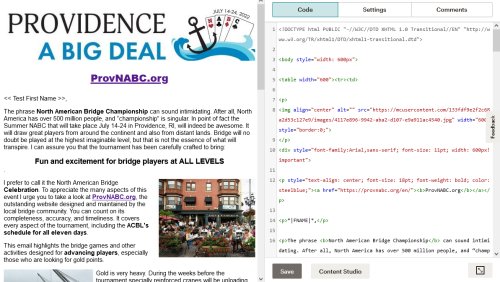
The first email campaign: I exchanged a few emails with Joe about which vendor to use to process our emails. I was most familiar with MailChimp; he had used a different vendor in 2014. There were a few things about MailChimp that annoyed me, but the district already had a contract that provided an incredibly cheap rate of 800 for $1. If we used another service, it would be at least a little more expensive, and I would need to learn it. MailChimp allowed me to design my emails in HTML. I could therefore make sure that their appearance was exactly what I wanted. If we used another service that did not allow this, I would undoubtedly have felt frustrated. Joe agreed with my choice of MailChimp.
I questioned whether it was permissible to use the district’s account—which at the time contained enough credits for over one million emails—for this project. Joe assured me that it was kosher. I trusted his opinion. After all, he was also the district’s treasurer.
The database2 that I set up for District 25 contained one record for each ACBL member. It also contained records for tournament attendance at events in New England and for NABCs, including the 2014 event in Providence. My plan was to craft several emails based on whether players had attended any recent NABCs and whether they were within driving distance of Providence. New England players would receive separate emails depending on whether they had attended the previous event in Providence.
I began working on the first batch in January of 2022 and communicated my basic strategy for the first mailing on January 21:
I plan four distinct emails:
1. Attended 2014 Prov: 1,067 players.
2. D25 not in 1 above: 4,826
3. D3, D24 (at least 50 points) not in 1 above: 2,838 + 2,327
4. Attended recent NABC not in 1, 2, or 3 above: 10,107I will send tests for approval as I finish them–probably today.
Joe, Lois, and Sue provided feedback on the four emails. They asked me to swap out a few of the photos that I had chosen. I don’t recall that they asked me to change any of the text. We had to hold off sending for a while because the ACBL had not published a schedule yet. Then when they did, the schedule for the first Saturday was obviously wrong. The emails finally were sent on February 5, 2022.
A sample of #1 can be viewed here. It was opened by 60.9 percent of recipients. 11 percent clicked on one or more of the links. A sample of #2 can be viewed here. It was opened by 46.9 percent of recipients. 2.9 percent clicked on one or more of the links. A sample of #3 can be viewed here. It was opened by 46.4 percent of recipients. 2.7 percent clicked on one or more of the links. A sample of #4 can be viewed here. It was opened by 43.1 percent of recipients. 4.2 percent clicked on one or more of the links.
The reaction was mostly positive. Quite a few people asked about the COVID-19 policy, which the ACBL did not publish until March. Joe and Lois received the following email from Joann Glasson, Grand Life Master and President of the ACBL:
Hi Joe and Lois,
I just received the terrific email about your upcoming NABC. I hope this got a wide circulation – did it go to all ACBL members?
The website looks great as well – really professional. I can’t wait to get to Providence this summer… Thanks for all your great work.
The locally maintained website3, which you can visit here, certainly was professional. Joe did all the work on it.
The one complaint was in regards to the captions on a few of the photos. There was nothing wrong with the code, but some email clients (including Microsoft Outlook, which is what I used on my desktop PC) did not interpret the code correctly. I spent several hours trying different methods of displaying the caption, but I never was able to get them to display correctly. You can see how email #3 looked when it was opened and then printed in memo form in Outlook here. So, I very reluctantly decided not to use captions on subsequent tournaments.
Hotel Reservations: On February 28 I felt confident enough that the ACBL would not cancel the tournament that I made hotel reservations. I decided that I would like to play in (or at least be around for) ten of the eleven days of the tournament. The schedule for the first Thursday did not appeal to me.
I redeemed 170,000 IHG Rewards points to pay for seven nights at the Crowne Plaza in Warwick, which is about fifteen minutes south of the site of the tournament. I also redeemed some Hilton Honors points at the Warwick Hampton Inn for the two preceding nights. I had to pay an additional $155. Since the lowest bridge rate in downtown Providence was $179 per night, I felt that nine nights for $155 was a pretty good deal.
Months later Joe offered to provide a free hotel room for me in Providence. I told him that I had already cashed in my hotel points. In addition I preferred to stay in Providence while I was playing.
The Partnership System: Joe wrote a program to handle requests for partnerships and teammates. It was tested out during the district’s first regional in Marlboro, MA. Denise Bahosh managed partnerships there and deemed the programs to be working successfully. Since I was on my European River Cruise (documented here), I was not part of the testing process.
Meanwhile, the Chairs of the Partnership Committee for the NABC had been named. Jan Smola handled pairs, and Carol Seager was in charge of teams.
Partners: In the previous few NABC tournaments that I had attended I designed my schedule around playing in a couple of national (as opposed to regional) events. However, the schedule for Providence did not provide any national events—other than the GNT, which required qualification at the district level—that appealed to me. I had too many points for the Red Point Pairs and the lowest flight of the Life Masters Pairs. So, I would just try to play in as many bracketed team events as possible.
Shortly after making the hotel reservations I sent notices of my schedule to all of my usual partners and a few others with whom I had played at tournaments. Responses were very slow in arriving. The first confirmation came from Sohail Hasan. I had played with him in Mansfield in 2019, and we did pretty well together. On June 20 we agreed to play together the last three days of the NABC in Providence in team games if we could find teammates.
At about the same time Paul Burnham, with whom I had played a handful of times, agreed to play with me on Monday, Wednesday, and (the second) Thursday. That still left open Friday, Saturday, Sunday, on the first week and Tuesday.
Donna Lyons, whom I have known for years, finally claimed the first two spots. Mike Heider and Jim Osofsky had asked me to play teams with them on the first Saturday and Sunday. So, Donna and I planned to play with them on Saturday. I decided to take Tuesday off.

I tried to use the tournament’s partnership system to secure a partner for the bracketed team game on the first Sunday. I had to decide whether to fill out the partnership form or the team form. Since David Rock had told me quite clearly many times that the first step is to get a partner, I tried to fill in the partnership form. I was stifled when I had to specify the event, a required field that did not allow specification of a team event.
So, I filled in the team form and specified that our team was looking for one person. The only person that Carol paired me with was Abe Fisher. Here is the email that I got from him:
Hi Mike—
While in principle I’d love to play with you, if I’m reading the thread correctly, you’ve got 3 and need a 4th. I’ve also got 3, and need a 4th. So that doesn’t seem like it works.
Good luck,
Abe
I asked Carol if it was OK for me to fill out a pairs form and lie about the event. Then I might be able to persuade the prospective partner to play in the team event instead of the pairs. She said that was not allowed. I told her that, in my opinion, this was a very large flaw in the system.
So, the new partnership form failed both Abe and me. At the start of the tournament I still had no partner for Sunday. Nevertheless, I was not too worried. I expected a large number of people would have filled out cards for themselves by Friday or Saturday.
The second emailing: Here is the email that I sent to Joe and Lois about the plans for the email to be sent in April of 2022, three months before the tournament.
Joe and Lois,
I have set up segments for the next set of emails. There will be five basic emails based on masterpoints:
2-300: Emphasize 299er, Gold Mine, and Bracketed Round Robin. Sent to districts 1, 2, 3, 4, 6, 24, and 25. The D25 one will be a little different from the one for the other districts. 18,140
300-750: Emphasize Gold Mine, and Bracketed Round Robin. Sent to districts 1, 2, 3, 4, 6, 24, and 25. The D25 one will be a little different from the one for the other districts. 5,255
750-2500: Emphasize bracketed Round Robin, three-flighted events, and some national events. Sent to all districts. The D25 one will be a little different from the one for the other districts. I don’t know this number yet. 19,480
2500+: Emphasize national events. All districts, but D25 one will be a little different. 6,077
Players who have attended a recent NABC or the 2014 Providence NABC will be excluded from the four just listed.
NABC attendees (all masterpoints): Emphasize national events and why Providence is different, but D25 one will be a little different. 12,071
It bothers me that this misses a lot of snowbirds, but I don’t know how to find them.
I tried three new approaches to captioning images. All of them work fine in the displays inside MailChimp, but my Outlook client did not display any of them correctly. So I will not use captions for now.
I have almost finished the 299er version. I will send it to you some time today.
Mike
Joe, Lois, and Sue all liked the approach, but they had small but important suggestions for the photos and the copy. I incorporated them before I sent them out.
Samples of the mailings: 299er, 300-750, 750-2500, Over 2500, Attended NABC. I made an embarrassing mistake in the dates for one of the more obscure national events, and no one caught it before it went out. I communicated with a few people who noticed it, but I decided that it was not critical enough to send a correction.
Site visit and walk-through: On May 25 I received this email from Joe:
The ACBL site visit in Providence will be on June 2 at 10 am. If you will be working during the NABC please plan to attend if you are available. If your committee work will be completed prior to the NABC you are welcome to attend but not required. We will meet on the third floor which is the level the exhibition halls are on.
Please let me know if you will be attending by Friday, May 27, if you will be attending.
I quickly responded that I would attend. I had a few questions to ask the ACBL people about educational events at the NABC. At that point they had posted very little information about that area. I also wanted to take some photos of the site. Most of all, I wanted to see other members of the committee. I had great respect for all of them, and a few of them were good friends. I had not talked with any of them (except Sally Kirtley, the director of the Simsbury game) for more than two years. I decided to bring both my camera and my audio recorder.
My one misgiving concerned Sally. I knew that she had recently tested positive for COVID-19. I wondered if she would make the trip. Although she now lived fairly close to me, I certainly did not volunteer to car pool with her. Whether she was there or not, I definitely intended to wear my N95 mask.
I slightly underestimated how long it would take me to reach Providence. I arrived at the parking lot a few minutes before ten and parked on the fourth floor, which matched up with the third floor in the RICC. I saw the Montagues in the parking structure and said hello to them. Before I joined the group, which did include Sally, I visited the men’s room to dispose of the large coffee from McDonald’s that I had consumed on the drive from Enfield.
In attendance were, by my recollection, all of the Chairs. That group now included Paula Najarian, who created the restaurant guide, and the two Chairs of volunteers, Linda Ahrens and Meg Gousie. The ACBL sent Sara Beth Raab and at least one other person. Lisa Watson represented the RICC. Erin Degulis of the Convention and Visitors Bureau was also there.
The traveling “Beyond Van Gogh” exhibit4 was occurring in the RICC while we were visiting. Therefore, we would not be able to see some of the playing areas. Everyone on the committee remembered them from 2014. The setup for playing was simple. The 299er and Gold Rush games would be held in one of the big rooms on the third floor. The other two big rooms would be used for team games and pairs games. The meeting rooms were on the fourth floor. The national events were on the fifth floor.
A good bit of the visit was devoted to determining the best places for the ancillary activities and exhibits—the partnership desk, the vendor area, the “In Memoriam” exhibit, etc. Others had strong opinions about these matters. Since I was only tangentially involved, I kept my mouth shut.
Afterwards we met in one of the fourth-floor conference rooms. I took advantage of this opportunity to ask about the educational programs. Sara Beth consulted her phone and then replied that the list of speakers and events had just been added to the ACBL’s version of the website for the tournament. When I returned to my house that evening I checked the website. There was no such list. I kept checking for three weeks, but nothing appeared. I sent an email to Joe to see if he could check up on this.
Eventually it did appear. They put it under the Intermediate and Newcomer (I/N) section. I guess that someone at the ACBL decided that once you have earned a few hundred points, you no longer have a desire to get better at bridge
The best part of the day, from my perspective, was the lunch at Murphy’s, a pub that was within a block or two of the RICC. I sat on the end of a long table. I made sure that Sally was far away from me. On my right was Paula, one of my favorite people. No one was on my left or across from me. Across from Paula was Lisa Watson, our contact at the RICC.
Paula had not heard about my vacation in Europe. So, I actually had something to add to the conversation. I also told her about my two clients in East Greenwich, her home town.
The food was good, too. I had a huge Reuben sandwich and broccoli on the side. People were amazed that I cleaned my plate. I told everyone that if I had left food on my plate, my sainted mother would haunt my dreams.
This might have been my most enjoyable day since the pandemic hit.
Email campaigns in June: On June 5 Sue Miguel sent me the materials for an email that she wanted sent to 299ers. I had figured out how to do this for her. I opened the email in Outlook. I then took print screens of each image in the email, made jpg files of them, and stored them in the MailChimp folder. Then I saved the HTML code for the email as a text file. I removed the parts of the email that were not meant to be sent. I loaded the jpg files up to Mailchimp using the “Content Studio”. Then I replaced the URL’s on the “src=” parameters of the img statements in the email with the ones on the MailChimp server. I then enclosed the entire email in a table with one column that was six hundred pixels wide. That last step seemed to be the only way to set the width of any email in a way that all email clients recognized.
I selected all members of D25 with between 20 and 299 masterpoints. A sample of the email that was sent on June 7 can be seen here. 813 the 3,000 emails were opened, and 13 recipients clicked on a link. Those are not good results, but one must remember that most of those people had probably never played face-to-face bridge. It would not be an easy task to convince them that they should try it out at a national tournament.
On June 12 I received an email from Linda Ahrens, who was the co-chair with Meg Gousie of the Volunteers:
I was hoping you could use your creative genius to send out an email to everyone in District 25 requesting volunteers.
For every two-hour shift we will provide a $5 chit towards an entry fee. Volunteers will be able to play in any event as they will be scheduled prior to events or directly afterwards.
To sign up they should go to ProvNABC.org and then click on the blue volunteer tab on the left hand side of the page.
There is youth bridge on the Thursday, Friday and Saturday of the second weekend and we need volunteers for either half days or full days to work with beginners to provide support at the tables as they play. These volunteers will probably not be able to play on those days.
Meg and I will send out a schedule ten days prior. Volunteers will be asked to go to the volunteer/information desk prior to their shift where they will check in, get their assignments and upon completion of their shift they will get their chit.
If you need any more info please let me know. This might be too much info for one email so I will defer to what you think is best.
I wasted no time composing the email that you can view here. It was sent to about 6,000 people. 3,189 people opened it, and 51 clicked on the link.
Lois and Sue decided to sponsor a Zoom call that they labeled as an “Open House”. Sue designed the following image to serve as an invitation.
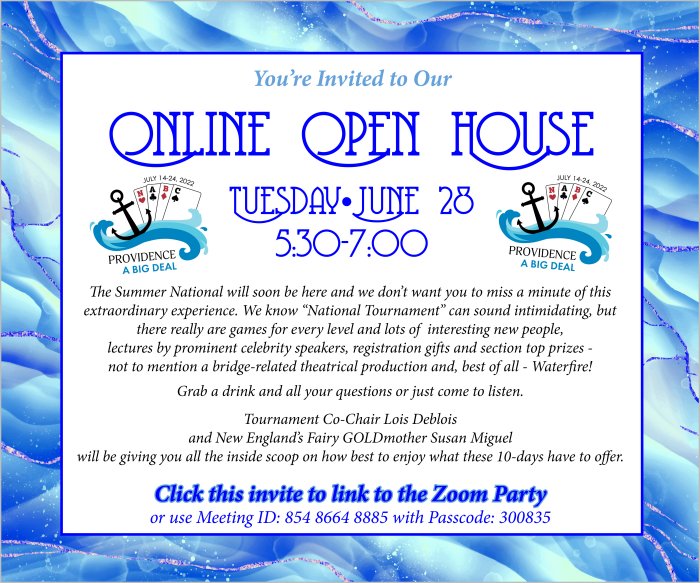
This went out to 6,000 New Englanders. Although only 38.2 percent opened the email, 110 clicked on the image, which allowed them to download the link.
On June 27 I finally received the email from Sue that she wanted to send to players with less than twenty points. You can view it here. I sent it out on the same day. Of the thousand or so recipients, 476 opened it, but only two clicked on a link.
In May Lois had sent me an email asking if I possessed or knew someone who possessed high-resolution photos of two recently deceased players from the Boston area, Bill Hunter or Shome Mukherjee. They were needed for the “In Memoriam” area of the tournament site in Providence. I looked through the photos that I had posted on the website, but I did not find anything that was usable.
A few weeks later she was frantic about obtaining the photos. She asked me to send an email immediately. I sent the email that is posted here on June 13. It went to about 1500 players in the Eastern Massachusetts Bridge Association (EMBA). 824 of them opened it, and six clicked on the link. She was only looking for two photos, and eventually one of the respondents helped her obtain them.
In 2022 I was on the Board of Trustees of the Hartford Bridge Club. We voted to sponsor a day at the NABC to honor Victor King, a Grand Life Master who was a member of the club. He had been murdered in his own house by a tenant. I was asked by Felix Singer to send an email to people in the rest of New England who might be interested in donating to the project. I wrote and sent an email to players in central and eastern Massachusetts with over 1,000 points. Quite a few people donated. Al Muggia offered to curate the photos.
Steve Diamond, a player from Shrewsbury, MA, who knew me pretty well, sent a large check to my home address. I put it in the bottle with the rest of the donations. I overheard Felix telling someone that he could not believe that one of the participants in the novice group had been so generous. I told him that this was a different Steve Diamond.
Emails in July: Lois provided me with a list of items that she wanted to make sure that the people who were planning on attending the tournament knew about. I composed an email that contained these “nuggets” as well as the link to the ACBL’s well-hidden schedule of celebrity appearances. On July 1 I sent short emails to players in D25 and its two neighboring districts in the United States, a total of approximately 14,000 players. About 45 percent of recipients opened the email, and over six hundred clicked on one of the links. A sample has been posted here.
A week later I was asked by Sue Miguel to send an email to people in the district to promote the “Learn Bridge in a Day” program. I am not sure why the ACBL could not do this, but not enough time remained to argue about it. I sent out roughly six thousand emails. You can view the email here.
The last email that I composed and sent was designed to promote a play written by bridge teacher, columnist, and professional playwright, Adam Parrish. Bridge to Nowhere was scheduled to run for three nights in a small theater near the RICC.
This innocuous email, which I have posted here, generated as many replies as any that I had sent. Several tournament veterans challenged my claim that an NABC had never included a play about bridge. I deferred to their superior knowledge.
One person, who did not sign the email, said the following:”Remove my name from your mailing list. This email is an abuse of the bridge federation list if that is where it came from.”
Here was my reply:
I have done as you asked.
I have no interest in this play. I do not know the author or anyone associated with the theater. I sent the email at the request of the co-chair of the tournament committee in order to apprise potential attendees of a last-minute addition to the entertainments available in Providence during the NABC.
The Providence NABC Tournament Chairs: Here is a complete list of the chairs and co-chairs of the local committee.
Tournament: Lois DeBlois and Joe Brouillard
Hospitality: Sally Kirtley and Helen Pawlowski
Sponsorships: Megan Mihara and Phyllis Chase
Welcome and Prizes: Brenda and Neil Montague
Volunteers: Linda Ahrens and Meg Gousie
I/N and Gold Rush: Sue Miguel
Partnerships: Jan Smola and Carol Seager
Email Marketing: Mike Wavada.
Volunteering: I knew that I would be in the area for ten days. I volunteered to help whenever I might be useful. I also said that I had had a lot of experience working at partnership desks. When I filled out the form on the website, I indicated that I would be available from the first Friday through the second Sunday, but I would like to take Tuesday off. On July 1 I received the following email from Meg Gousie.
Thank you very much for volunteering at the Providence NABC. Your assistance will go a long way to helping make this event a big success! We notice that you have generously offered to volunteer, and have taken the liberty of assigning the following shifts to you:
Saturday, July 16. 1:30pm. Registration Desk
Sunday, July 17. 8:30a, Partnership Desk
Tuesday, July 19. 1:30pm. Partnership Desk
Thursday, July 21. 8:30am. Partnership DeskPlease review and confirm your availability ASAP so we can plan accordingly.
Please plan on going to the volunteer desk 15 minutes before your scheduled assignment. The desk is located on the third floor by the escalators. After your scheduled shift, please come back to the desk to pick up your $5 chit which is good for $5 off an entry fee in Providence. You will also receive discounted parking.
I persuaded them to remove me from the Tuesday afternoon assignment. Shortly before I left for the tournament I checked my emails again and sent the following to Meg and Linda:
The email that you sent on 6/30 had me listed two shifts on 7/16: registration in the morning and partnership in the afternoon. The email sent on 7/1 had me working on registration in the afternoon on 7/16.
Two questions: 1) What is my schedule for 7/16? 2) Do I have any additional responsibilities other than the ones for 7/17 and 7/21 that are on this email?
By the time that I shut down Outlook my desktop computer5 before leaving for Providence I had not received a reply. I figured that I could check on it when I arrived.
My adventures at the Providence NABC itself are chronicled here.
1. Of course, only a very small percentage of the players at the tournament in Reno were from Washoe County. More than a few were from Europe or Asia. Using the rating for the county was like the old joke about the drunk looking for a lost coin under a lamppost that was a block away from where the coin was dropped—because the light was better. Furthermore, the event was held in a casino.
2. Starting in 2014 I designed and implemented every aspect of the database using MySQL and php.
3. The ACBL also had a webpage for the tournament, but it could not hold a candle to the one that Joe designed and implemented.
4. No one in our group went in on June 2. A description of the exhibit is posted here.
5. Incoming email was configured to download automatically downloaded to the Outlook application on my desktop computer in Enfield. If I did not close down Outlook, I would not be able to get email on my laptop for either of my email accounts.


